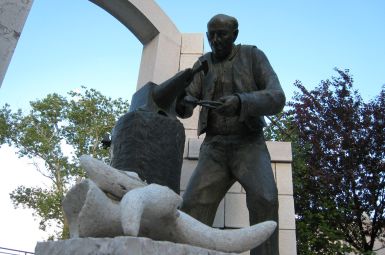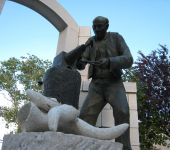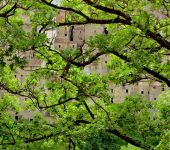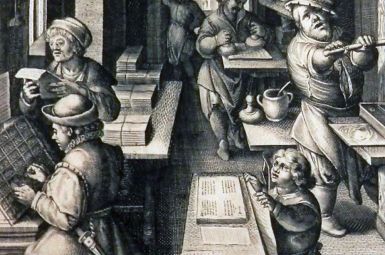
Frosolone, Molise: L’Insospettabile Borgo che Ha Forgiato un’Eccellenza Globale e la Curiosità Nascosta
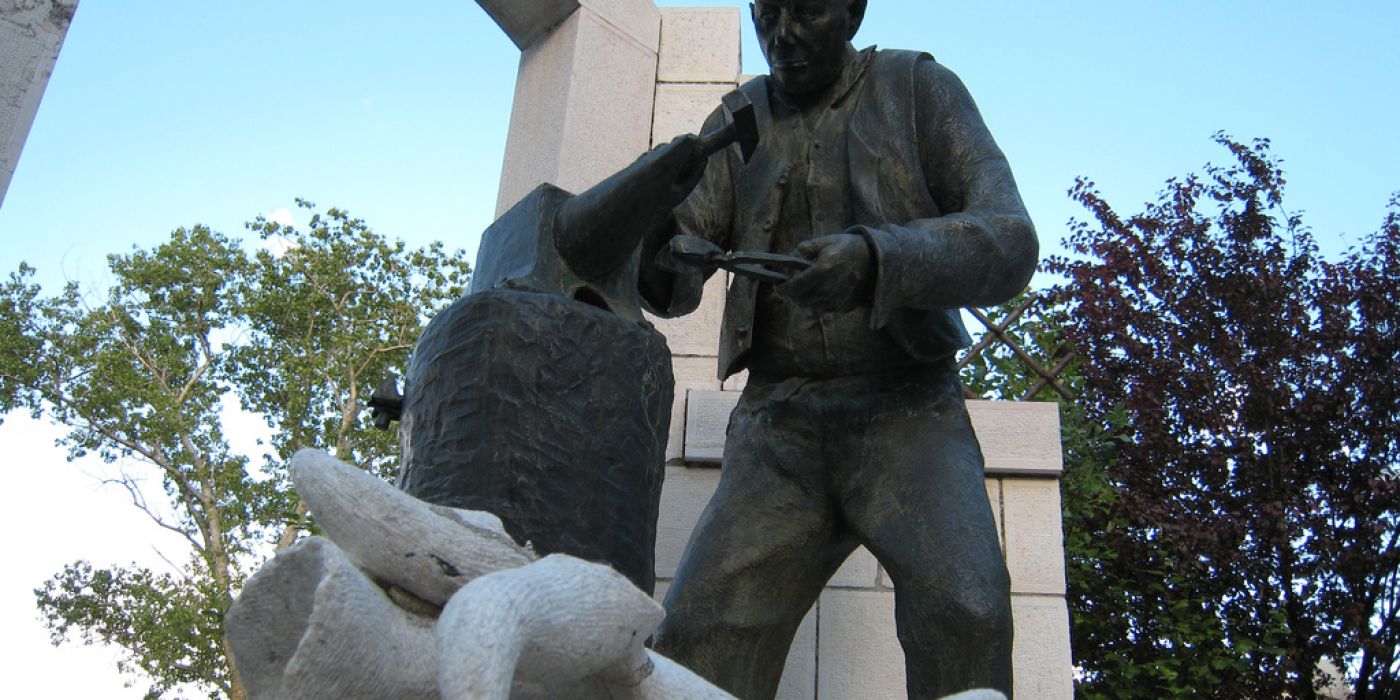
Cari amici de I borghi d’Italia.com, il Molise è una terra di tesori inesplorati. Oggi vi portiamo a Frosolone, un borgo che, pur essendo incastonato tra i monti, ha saputo forgiare un’identità artigianale che ha attraversato i confini nazionali, legata a un oggetto apparentemente semplice, ma fondamentale: il coltello.
Frosolone, in provincia di Isernia, non è solo paesaggi incontaminati e storia pastorale. È il cuore pulsante di una tradizione manifatturiera che affonda le radici in secoli di storia: l’arte della forgiatura e dell’affilatura.
🛠️ Frosolone: La Capitale Segreta della Coltelleria Italiana
Quando si parla di eccellenze artigianali italiane, si pensa subito ai grandi distretti. Eppure, Frosolone è stata storicamente una fucina di maestri coltellinai la cui abilità non ha nulla da invidiare alle produzioni più blasonate.
Questa tradizione è nata dalla necessità pratica. In un territorio montano legato alla pastorizia e all’agricoltura, l’utensile da taglio era indispensabile. Nel tempo, l’abilità si è affinata, trasformando la necessità in arte. Le lame prodotte qui, note per la loro precisione, durata e il design elegante e funzionale (come il celebre coltello a scatto frosolonese), sono diventate ambite da collezionisti, professionisti della cucina e persino chirurghi.
Oggi, camminare per le vie del borgo significa imbattersi nelle botteghe storiche, dove l’acciaio incandescente e l’incudine sono ancora gli strumenti di un mestiere tramandato di padre in figlio. Frosolone è la dimostrazione che un borgo può diventare un polo di eccellenza globale basandosi su una sapienza antica e una specializzazione unica.
🧐 La Curiosità Nascosta di Frosolone
Esiste un dettaglio affascinante e poco noto legato alla tradizione della coltelleria di Frosolone. La particolarità sta nel fatto che, anticamente, i coltelli e gli attrezzi da taglio prodotti qui non venivano venduti solo in loco, ma erano i coltellinai stessi (i cosiddetti “ferrai”) che, armati di mola a pedale, intraprendevano lunghe migrazioni stagionali. Partivano dal borgo montano e si spingevano fino alle regioni costiere e oltre, percorrendo a piedi centinaia di chilometri. Lo scopo non era solo vendere i prodotti finiti, ma offrire un servizio di affilatura a domicilio, passando di masseria in masseria, di paese in paese. Questa migrazione commerciale e artigianale era talmente estesa che ha contribuito a diffondere la fama e la qualità delle lame frosolonesi in tutto il Centro-Sud Italia, trasformando i coltellinai in veri e propri ambasciatori itineranti del loro borgo e della sua ineguagliabile abilità.
Frosolone è dunque la perfetta sintesi tra la quiete del paesaggio molisano e la vivacità di una tradizione artigiana di altissimo livello. È una tappa obbligata per chi vuole toccare con mano un pezzo di storia manifatturiera italiana.
Ultimi Articoli

Subiaco, Lazio: Non Solo Monasteri, Ma la Culla Tecnologica del Sapere Italiano
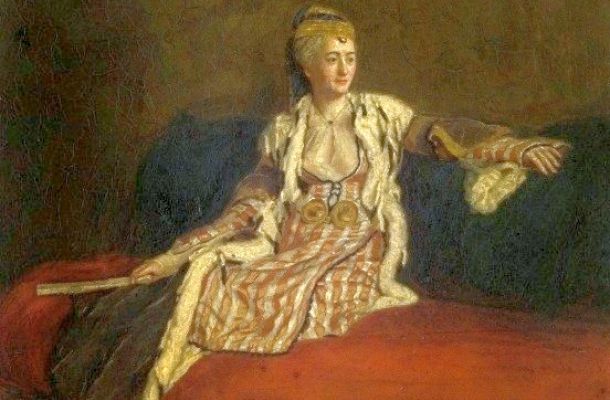
Lovere, Lombardia: Il Borgo del Lago d’Iseo e il Segreto del Suo Palcoscenico Internazionale

